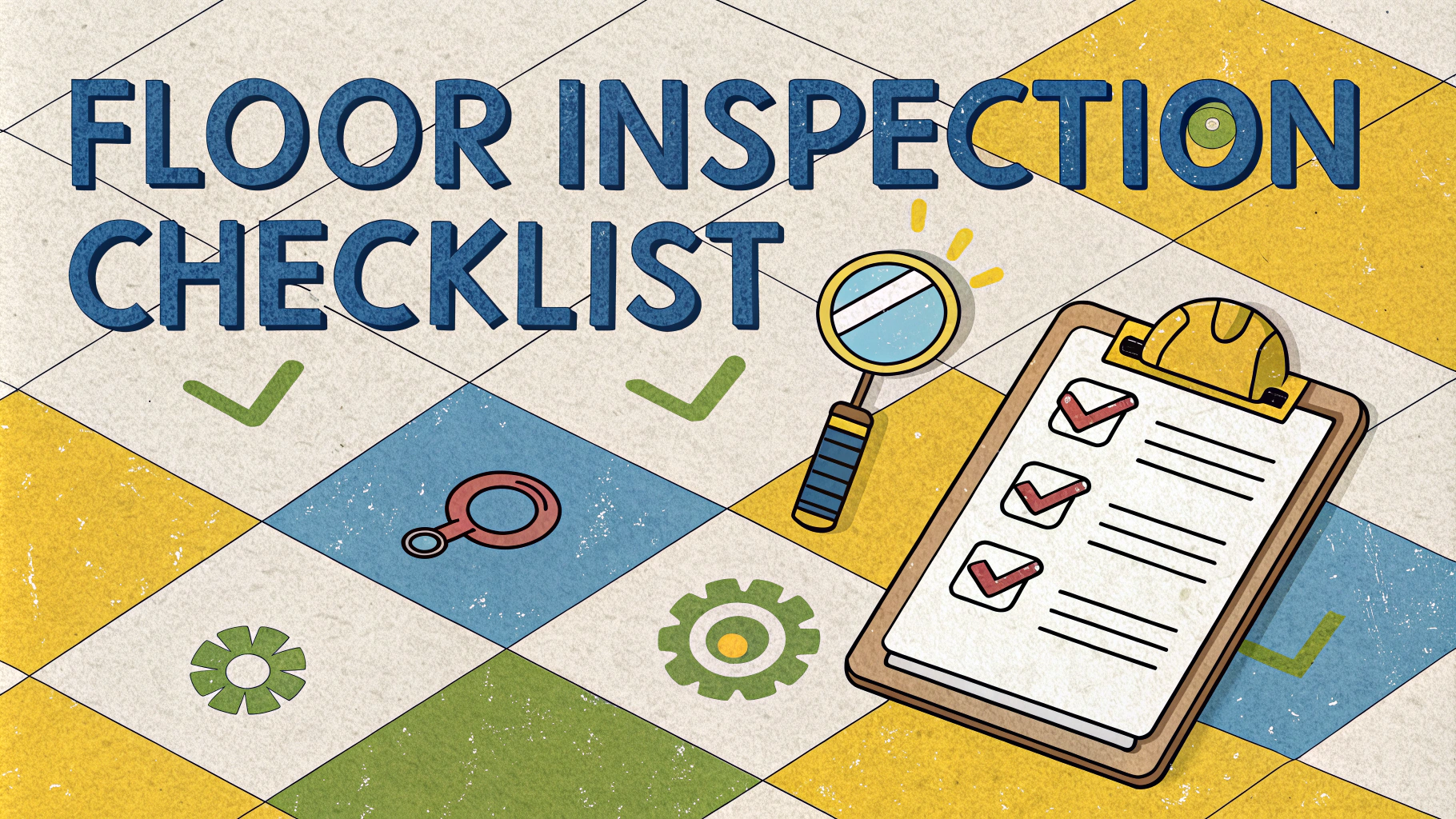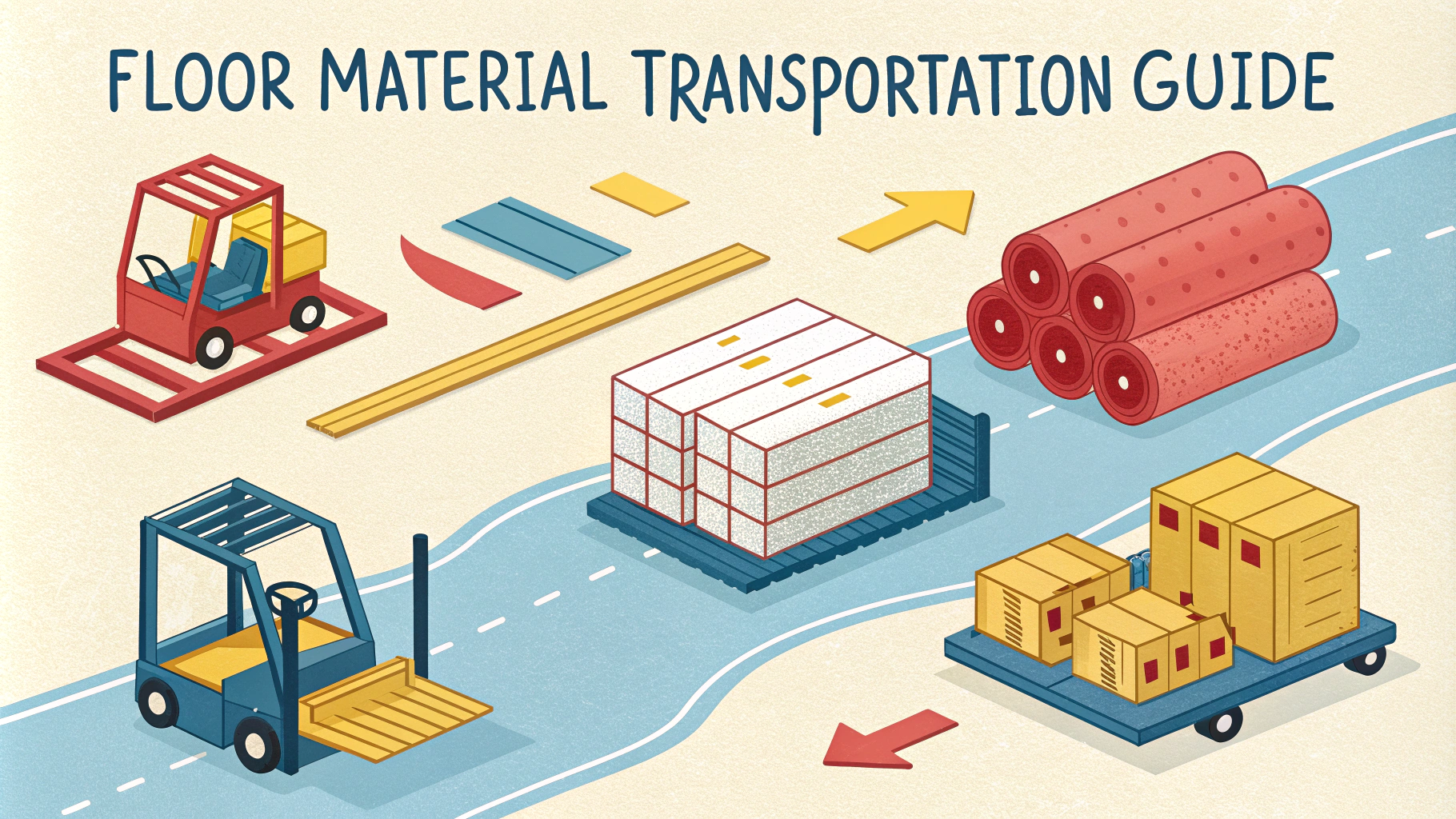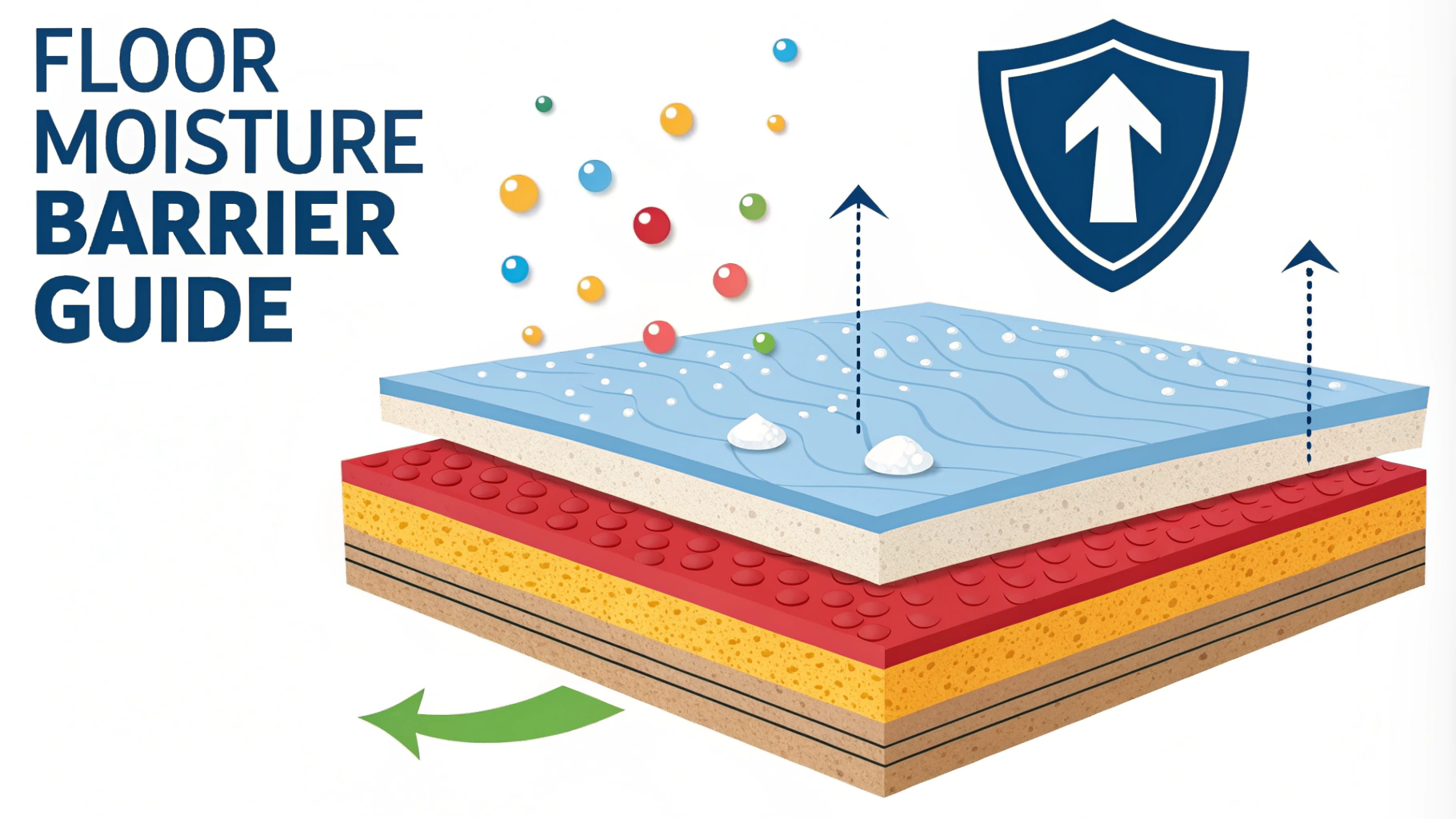Floor maintenance keeps your floors looking great while extending their lifespan and protecting your investment.
Different flooring materials require specific care approaches to maintain their appearance and durability over time.
A well-planned maintenance schedule helps prevent costly repairs and ensures consistent upkeep throughout the year.
Daily Floor Maintenance Tasks
- Sweep or vacuum to remove loose dirt and debris
- Spot clean spills immediately
- Dust mop hard surface floors
- Clean entry mats
Weekly Floor Care
- Deep vacuum all carpeted areas
- Damp mop hard surfaces with appropriate cleaners
- Inspect for damage or wear
- Clean baseboards
Monthly Maintenance Schedule
| Floor Type | Maintenance Task |
|---|---|
| Hardwood | Polish and buff |
| Carpet | Deep clean high-traffic areas |
| Tile | Clean and seal grout lines |
| Vinyl | Apply protective coating |
Seasonal Floor Care Tips
Spring: Deep clean all flooring surfaces and assess winter damage.
Summer: Focus on controlling tracked-in dirt and sand.
Fall: Prepare entryways for wet weather conditions.
Winter: Increase mat placement and salt cleanup procedures.
Floor-Specific Cleaning Products
- Hardwood: Bona Hardwood Floor Cleaner
- Carpet: Bissell Professional Carpet Cleaning Formula
- Tile: Bona Stone, Tile & Laminate Floor Cleaner
- Vinyl: Armstrong Floor Cleaner
Professional Maintenance Schedule
- Carpet: Professional cleaning every 12-18 months
- Hardwood: Professional refinishing every 3-5 years
- Tile: Professional deep cleaning annually
- Stone: Professional polishing every 2-3 years
Maintenance Tools Checklist
- Quality vacuum cleaner with appropriate attachments
- Microfiber mops and cloths
- Floor-specific cleaning solutions
- Protective pads for furniture
- Entry mats for all exterior doors
Setting Up Your Maintenance Calendar
Create a digital calendar with automated reminders for each maintenance task.
Document completed maintenance tasks and note any issues that need attention.
Keep receipts and warranty information for flooring and cleaning equipment.
Making The Most of Your Floor Care Routine
Train all household members or staff on proper cleaning procedures.
Keep cleaning supplies easily accessible in designated areas.
Address repairs promptly to prevent further damage.
Cost-Saving Maintenance Strategies
- Invest in quality cleaning tools upfront
- Maintain consistent cleaning schedules
- Address issues before they become major problems
- Use manufacturer-recommended products
- Keep detailed maintenance records
Preventive Measures
Install adequate walk-off mats at all entrances
Use furniture protectors under heavy items
Establish “no shoes” policies for sensitive flooring
Control indoor humidity levels
Common Floor Care Mistakes to Avoid
- Using excessive water when cleaning
- Applying wrong cleaning products
- Neglecting regular maintenance
- Dragging furniture across floors
- Ignoring manufacturer guidelines
Emergency Care Guidelines
Immediate Actions for:
- Water damage: Extract water and dry immediately
- Chemical spills: Neutralize and clean promptly
- Scratches: Use appropriate repair kits
- Burns: Consult professional for repair options
Maintaining Floor Value for Years to Come
Regular maintenance is key to preserving your floor’s beauty and functionality.
Document all maintenance activities to support warranty claims.
Stay informed about new cleaning products and techniques.
Build relationships with trusted floor care professionals.
FAQs
1. What are the essential components of a floor maintenance schedule?
Daily sweeping/vacuuming, weekly mopping, quarterly deep cleaning, and annual professional inspection form the core components of an effective floor maintenance schedule.
2. How often should different types of flooring be cleaned?
Hardwood floors need daily sweeping and weekly mopping, vinyl requires daily sweeping and bi-weekly mopping, carpet needs daily vacuuming and quarterly deep cleaning, while tile floors need daily sweeping and weekly wet mopping.
3. What should be included in a daily floor maintenance routine?
Daily maintenance should include removing debris through sweeping or vacuuming, spot cleaning spills immediately, and checking for any signs of damage or wear.
4. How do seasonal changes affect floor maintenance schedules?
Winter requires more frequent cleaning due to salt and moisture, spring needs attention to mud and pollen, summer demands additional cleaning from increased foot traffic, and fall requires extra maintenance due to tracked-in leaves and debris.
5. What documentation should be included in a floor maintenance schedule template?
The template should include cleaning tasks, frequency, specific cleaning products to use, responsible personnel, inspection checklists, and maintenance log sheets.
6. How should commercial floor maintenance schedules differ from residential ones?
Commercial schedules require more frequent cleaning cycles, stricter documentation, specialized equipment, professional cleaning services, and compliance with safety regulations.
7. What are the crucial safety considerations in floor maintenance scheduling?
Safety considerations include using wet floor signs, scheduling maintenance during low-traffic periods, ensuring proper ventilation, using appropriate PPE, and following manufacturer guidelines for cleaning products.
8. How should maintenance schedules be adjusted for high-traffic areas?
High-traffic areas need more frequent cleaning cycles, additional protective measures like floor mats, spot cleaning throughout the day, and may require different cleaning products designed for heavy use.
9. What specialized maintenance is required for different floor finishes?
Waxed floors need stripping and rewaxing periodically, sealed floors require resealing every few years, and polished floors need regular buffing and occasional repolishing.
10. How should emergency floor maintenance be incorporated into the schedule?
Emergency maintenance protocols should include immediate response procedures for spills, damage, or accidents, with clear contact information and available cleaning supplies.







